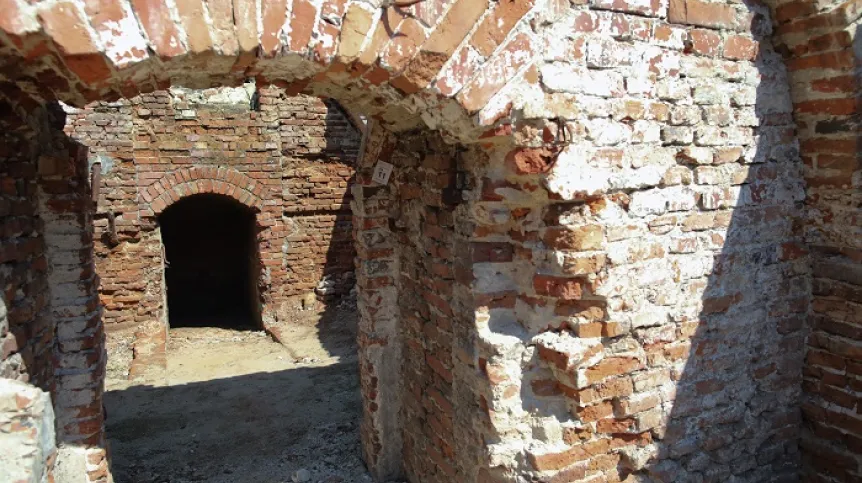
A tunnel discovered under the ruins of the Saxon Palace in Warsaw is the most mysterious place on Piłsudski Square, says the Pałac Saski company spokesman Sławomir Kuliński.
The tunnel, located at the depth of about four meters, is not on any plans we have, he adds.
Archaeological work currently being carried out on the site of the former Saxon Palace will continue until the end of 2023 and ultimately cover an area of approximately 4,500 square meters.
The tunnel was built in the 1930s specifically for military intelligence. It is about 45 meters long. 'The place where we are now was the Polish Army command, and military intelligence was located in the southern wing. The tunnel was supposed to enable them to quickly transfer reports and information,’ Kuliński told PAP.
According to Kuliński, the tunnel is about four meters deep, in very good condition and it is not marked on any construction plans. 'The tunnel also had technical functions. It contained a telegraph cable and a system of heating and irrigation pipes for both wings of the palace,’ he added.
Built in 1933, the brick for the construction of the tunnel was supplied by the Wawrzyna brickyard, as evidenced by the brand marks on the bricks. 'In the fresh plaster, an unknown builder scratched the date 1933, as well as an eagle without a crown. We are clearly dealing with a legionnaire eagle, characteristic of the 1930s and military functions,’ Kuliński said. Another eagle, similar but smaller, is located in a third of the length of the tunnel.
In the southern part of the Saxon Palace lie the cellars from the Morsztyn period. 'During Morsztyn's time, pantries were located here, and later, in the interwar period, messengers with military intelligence reports would run to the generals,’ Kuliński said.
The area around Brühl's Palace, blown up in 1944 during the demolition of Warsaw, was cleared only to the ground level after World War II. The rest of the rubble was levelled, the area became a lawn, which over time became overgrown with trees and shrubs. For nearly 80 years, it has been a mystery what most of this area hides, with the exception of a small fragment of one of the annexes (from the side of the Saxon Garden) explored by archaeologists in 2006.
At the beginning of June 2023, field work began to unravel this mystery. First, the area was fenced off, then checked by sappers for the presence of unexploded ordnance. Archaeologists are currently working there. So far, nearly 46,000 artefacts have been excavated from the rubble, including coins, ornaments, medallions and vessels with decorations or manufacturer's signatures.
Commissioning of the Brühl Palace, Saxon Palace buildings and tenement houses is scheduled for 2030. (PAP)
Agnieszka Gorczyca
ag/ apiech/ kap/
tr. RL













